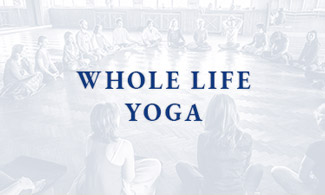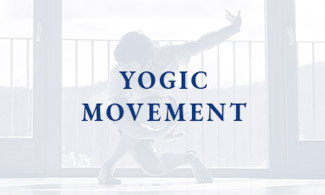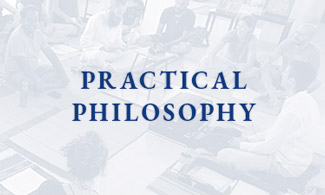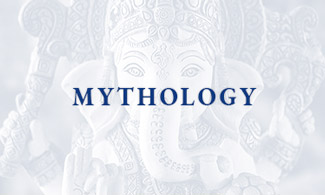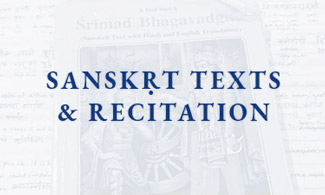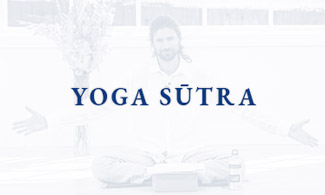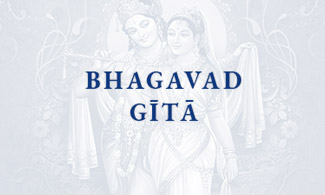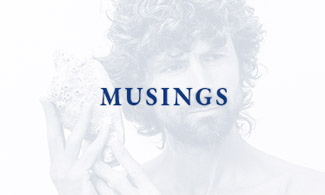
On Fullness and Emptiness, Pūrna and Ṡūnya, Wholeness and Zero
Excerpt from course notes for an Indian mythology course I gave earlier this year. Here and there the text is referring to ideas we explored in greater detail in the class, but I think what I share here makes decent sense.
One of the magnificences of the Indian system is that God/the ultimate/the source/the essence is recognised very overtly as being beyond name and form. There is nowhere God is not. The source, the wholeness is everywhere. This is one of the reasons why God is represented in so many ways, to remind us: the name and form used to represent it are not it! Thousands of (countless) names, thousands of (infinite) forms. They remind us that no particular name or form is it. The names and forms just help us orient towards that which is beyond name and form.
One way this fullness, completeness, wholeness is represented is by the circle. All at once a symbol of wholeness, of the all-encompassing womb of existence, of the ceaseless motion of the cycles of life, and of the zero state of undifferentiated pure consciousness.
In its practicality, the Indian tradition recognises that generally, it is not so easy for humans to orient towards the formless absolute, or to worship the zero state. The zero state of fullness that is evoked by the mantra:
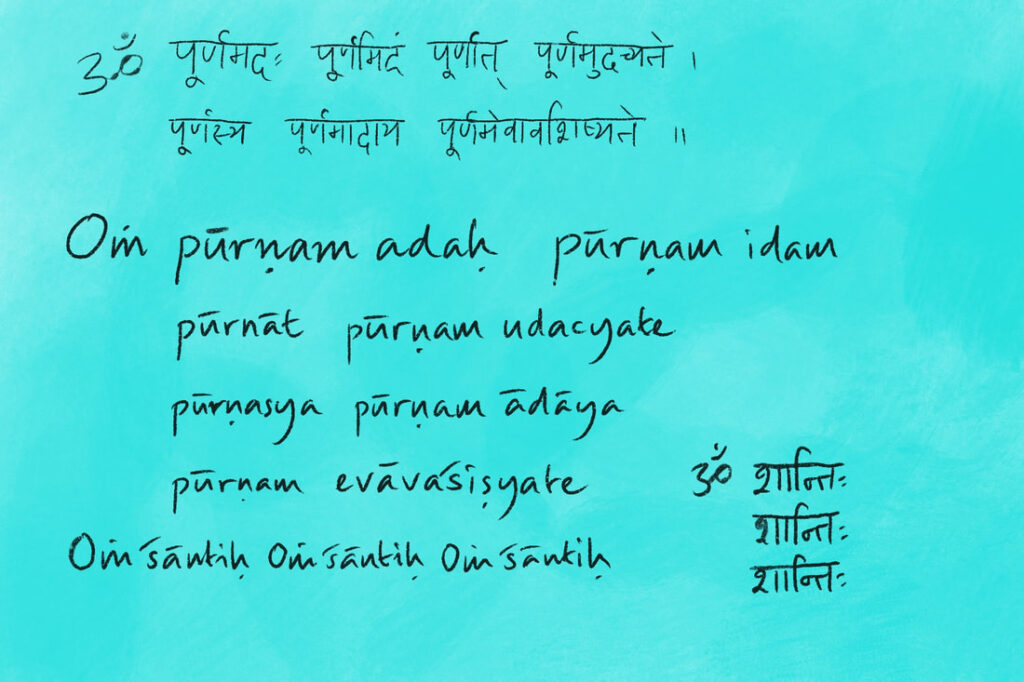
pūrṇamadaḥ pūrṇamidam
pūrnāt pūrṇamudacyate
pūrṇasya pūrṇamādāya
pūrṇamevāvaśiṣyate
pūrṇamadaḥ – that is full
pūrṇamidam – this is full
pūrnāt – from fullness,
pūrṇamudacyate – fullness emerges/comes out/up
pūrṇasya – of/from fullness
pūrṇamādāya -when fullness is taken away
Pūrṇam – fullness,
eva – only
avaśiṣyate – remains
All that is full, all this is full, it is from fullness that fullness emerges; when fullness is taken away from fullness, only fullness remains.
Some people prefer to think about this pūrṇa as śūnya, that which is devoid of characteristics or distinguishing marks, the zero state of unalloyed pure consciousness/infinite creative potential.
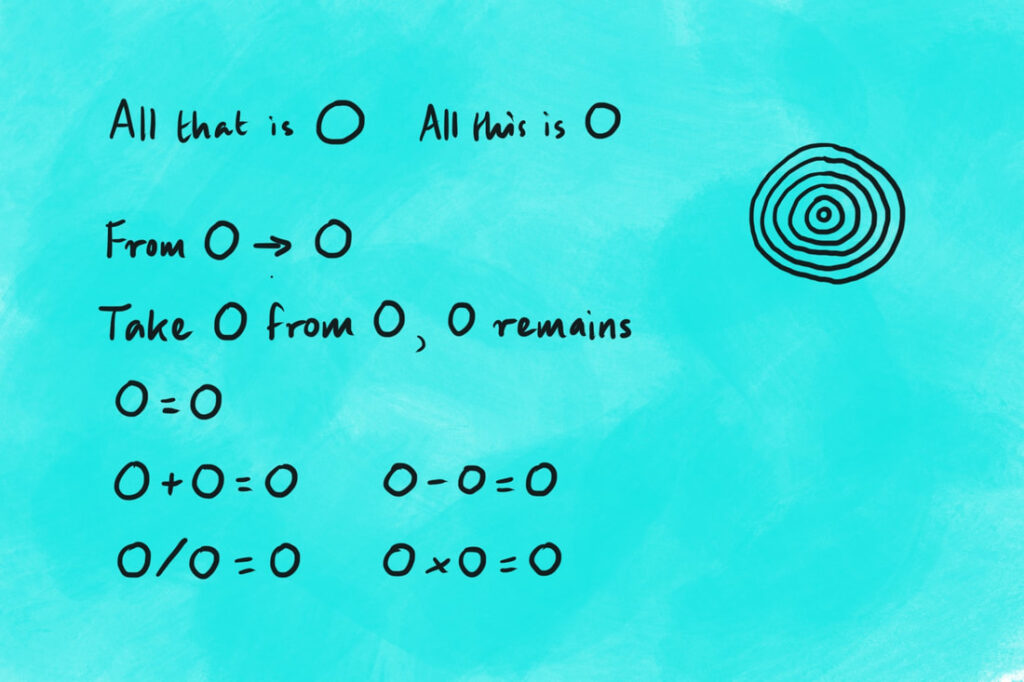
When singing/reciting this mantra, I find the sound quality very lovely. I would say that we can feel the energetic invitation to relax into the underlying wholeness. The Sanskṛt here brings a calming and assuring quality. Energetically, the meaning resonates.
However, when we alert ourselves to the ‘intellectual meaning’, it can feel like a bit of a mind-bender. Because, well, I do experience separation, differentiation and ‘less than wholeness’…
However, the mantra still carries a lot of practical instruction. Here as so often, we see the combination of description and prescription.
From fullness comes fullness.
- How am I?
- Day to day, where am I acting from, moment to moment?
- Am I bringing myself into wholeness, togetherness, integration as best as I can, and acting from there?
- Am I cultivating coherence between my mind, heart, gut as sincerely as I might like?
From Jesus’ Sermon on the Mount:
‘Ye shall know them by their fruits’ (Matthew 7.16)
What is the ‘seed’ of my actions? What type of fruit am I sowing? For as the saying goes, ‘the road to hell is paved with good intentions’… How clear is the clarity of my intent? What is the quality of my intent? Practically, how might I seek to clarify/purify it further?
Paraphrasing a student of Osho:
‘Only that which is created from a place of love will have a truly beneficial, healing effect…’
From fullness, fullness comes.
The mantra gives us a description of ultimate reality, but also a prescription for practice.
As the Yoga Sūtra reminds us, practice is everything we do, all the time. And Patañjali encourages us to practice wholeness. Just as pūrṇāt pūrṇamudacyate, so abhyāsāt vairāgyamudacyate.
From abhyāsa – practice as the long-term, constant, wholehearted, dedicated effort to foster steadiness – comes vairāgya – the ‘fullness’ of no longer thirsting for the external, ephemeral things that come and go as we become established in the richness of attunement to that underlying conscious awareness which is always full.
So, cultivating wholeness
- Where am I acting from?
- Am I acting from wholeness/congruence?
- Am I acting devoid of expectation and its ‘tinting’/veiling effects?
- Am I acting from (a sense of) lack?
- Am I reacting and perpetuating the ism-schism game?
- Am I ‘vengeing’, ‘resenting’, ‘scapegoating’?
- Am I ‘outsourcing’ or ‘offloading’ responsibility?
To paraphrase some of the timeless wisdom encoded in Bob Marley’s lyrics:
‘Now me sick and tired of the ism-schism game… of the fussing and fighting divide and rule game… aiie… you can fool some people sometimes, but you can’t fool all the people all the time, so now we see the light, what we got to do? Stand up for our rights!’
No more going along playing somebody else’s tune, towing somebody else’s line, a line that has been produced not from love but from fear.
So what we got to do?
Stand up, samasthiti,
Stop, look, listen, 360degree equipoise,
Claim sovereignty
Pūrṇam! Let me see, let me uncover it, let me recover, let me look deeper!
pūrṇasya pūrṇamādāya
pūrṇamevāvaśiṣyate
Take fullness from fullness and only fullness remains
- Who am I?
- When I strip off?
- When I strip away my conditionings?
- When I unmask, disrobe, step out of my personae?
- How might I shake off some of my veilings?
- How can I let go of these blocks?
One practical way the Indian system offers us is to focus on an aspect of reality that is ‘proximate’ to ultimate reality. Through the focus, we shed the distortions and quiet the noise. This type of focus can then become a vehicle we can ride home to wholeness/completion/zero.
For example, Gaṇeśa and his vehicle Mūśika, let us make ourselves a portal for the mahākāya, the great body of mahāgaṇapati, to carry us home, with the skilfulness/ingenuity of the rat and the grace and ease of the elephant.
For another example, Śiva. Let me orient to that which is a symbol of THAT: that whose name, form and stories help me, in this vehicle of a human body that moves and experiences in the realm of name and form; let this be my support, my means to recognise that which really is, that which remains.
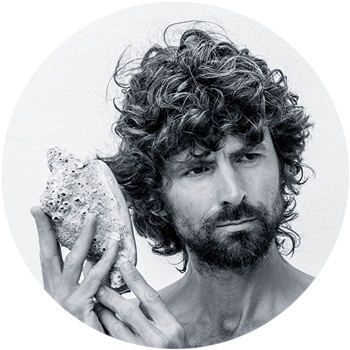
James Boag | Whole Life Yoga
The yoga of the whole human being. Practical philosophy, storytelling, movement, inquiry, looking in ways that reach beyond our habitual ways of looking.
Listen to James’ unique whole life yoga perspectives on the WHOLE LIFE YOGA podcast.

